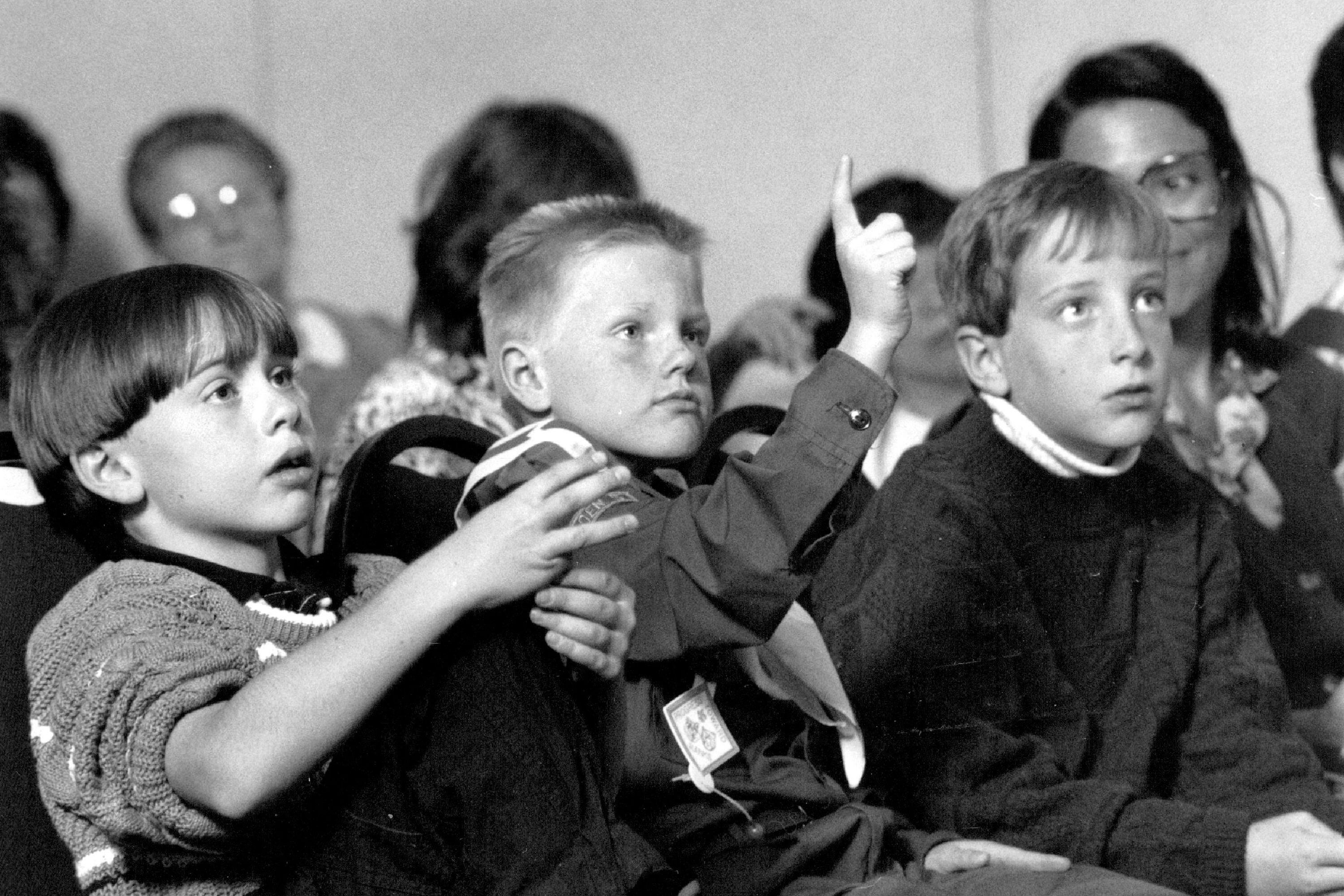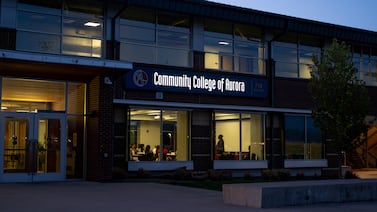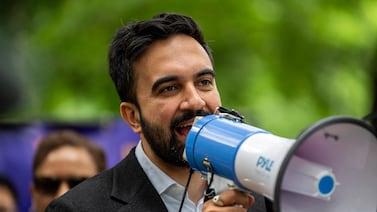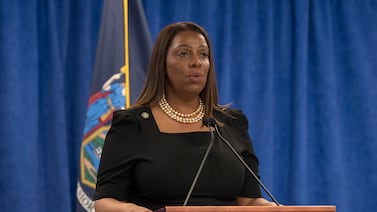Sign up for our free monthly newsletter Beyond High School to get the latest news about college and career paths for Colorado’s high school grads.
Colorado is nearing the end of the Budget Stabilization Factor era.
Since 2009, Colorado lawmakers have channeled over $10 billion from schools to other priorities, a policy called the “BS Factor.” Gov. Jared Polis and lawmakers want to stop diverting money from schools to “fully fund” the state’s obligation in the proposed 2024-25 budget.
But, some Democratic lawmakers argue Colorado won’t be spending at 2024-25 levels. Instead, they point to 1989. And no, not the Taylor Swift album.
“Just because we’ve paid off the budget stabilization factor and we are finally fully funding our schools, we are actually fully funding them at 1989 levels,” said state Sen. Rachel Zenzinger, an Arvada Democrat and vice chair of the powerful Joint Budget Committee, at Chalkbeat’s Legislative Preview event last month. “So we still have some more work to do.”
Here’s why, they say: When you adjust for inflation, Colorado’s spending next year would be about the same as 34 years ago.
I’m proud that we're finally paying off the BS factor for K-12 funding. But, eliminating the BS just gets us back to 1989 funding levels. That's a pretty far cry from "fully funding." #copolitics pic.twitter.com/7UtbSWQCWB
— Rep. Chris deGruy Kennedy (@Kennedy4CO) January 11, 2024
In 1989, Colorado spent $4,629 per student. Next year, the state projects to spend $11,319 per student.
Schools need to stretch the money further than in 1989, according to Tracie Rainey, Colorado School Finance Project executive director, a school funding advocate.
Because how much we spend on education doesn’t account for the changes that the nation, the state, and their communities now hold districts accountable for, such as more testing and higher standards, Rainey said.
School funding (Colorado’s version)
For nearly 30 years, Colorado has ranked below most of the country in school funding, Rainey said.
Coloradans have created tax policies that lowered their property tax bills, and decreased what was spent for statewide services — including education, she said.
Voters adopted the Gallagher Amendment in 1982 to reduce housing assessment rates. Then in 1992, voters approved the Taxpayer’s Bill of Rights, otherwise known as TABOR. The constitutional amendment limits government spending and requires voter approval for certain taxes. Any excess dollars collected above the TABOR cap must be returned to taxpayers.
With less money going toward schools, voters in 2000 approved Amendment 23 to return education spending to 1989 levels. The provision required per-student spending to increase by inflation plus 1% each year until 2011. After that, per-student spending would increase each year by at least the rate of inflation.
As Colorado neared its goal, the Great Recession hit. A year later in 2009, Colorado lawmakers began to funnel money away from K-12 education through the Budget Stabilization Factor, known at the time as the “negative factor,” to fund other crucial obligations.
That’s why, with the factor’s end, Colorado is now back to 1989.
It’s almost over now. But what’s next?
Last week, the state received recommendations from a School Finance Task Force on a new formula to fund schools. The formula hasn’t seen a major update since 1994.
The new formula will require the state to spend $474 million more dollars on schools, although the task force recommends phasing in the new formula starting this year. Lawmakers say money will be tight if they want to eliminate the BS Factor and fund other priorities.
The school funding formula answers the question of how to divvy up state dollars. But there’s another question, too: what’s an “adequate” level of funding?
What do schools need to account for the years of shifting expectations, including providing Information Technology services, required testing, student mental health care and an increase in English learning students?
Additionally, teachers statewide have called for salary increases, with the state struggling to keep many educators in the classroom, and districts facing other challenges, like the rising cost of health care and benefits.
Colorado has for years used grant programs to offset some costs for school districts, Rainey said. But there are haves and have nots — many large school districts have grant writers but some small districts have superintendents filling in on bus routes, she said. And, grants also expire.
Now, the state will await two adequacy studies, due by January 2025, that will give lawmakers a better idea of what districts need financially to teach students.
It’s important work, because what’s adequate for a district changes based on the community, Rainey said. For instance, Cherry Creek has high schools with thousands of students, while 100 districts have less than 1,000 total students.
“I would hope that when this analysis is done, lawmakers see what that base level of funding should be so that every student, no matter what district they’re in, has an amount that reflects what they need in order to meet the expectations that the state is holding them to,” Rainey said. “And I think that’s going to be a really important benchmark.”
Even then, Colorado lawmakers could still face funding challenges.
If the adequacy studies say the state must spend a lot more on education, lawmakers would then need to debate how to raise revenue, Rainey said. A referendum sent to voters would be the fastest way to increase state funding, but tax increases are unpopular with voters.
“We would need state level leadership from the governor to legislators on down to support this so voters would say, ‘Yes,’ " she said.
Jason Gonzales is a reporter covering higher education and the Colorado legislature. Chalkbeat Colorado partners with Open Campus on higher education coverage. Contact Jason at jgonzales@chalkbeat.org.






